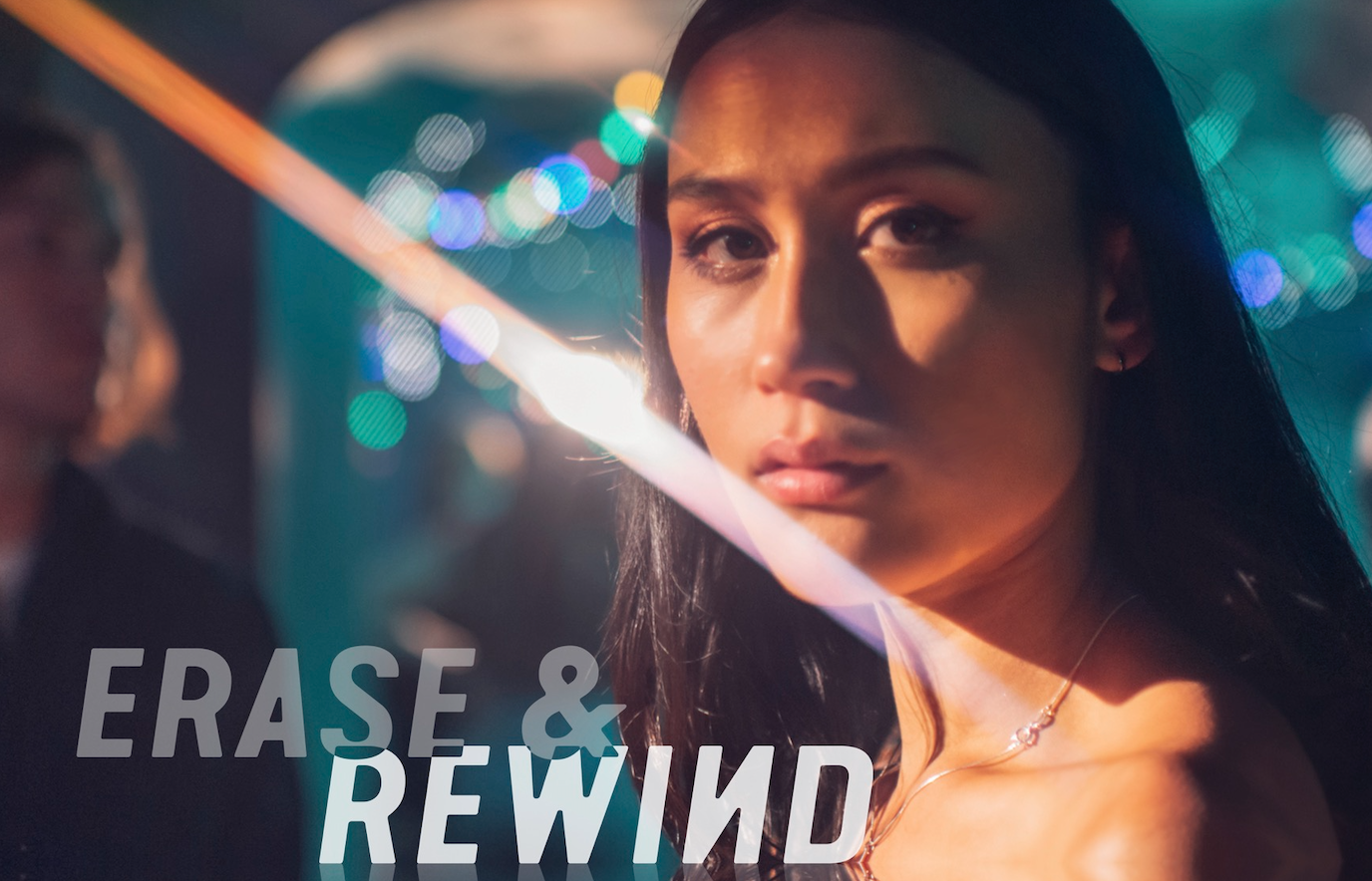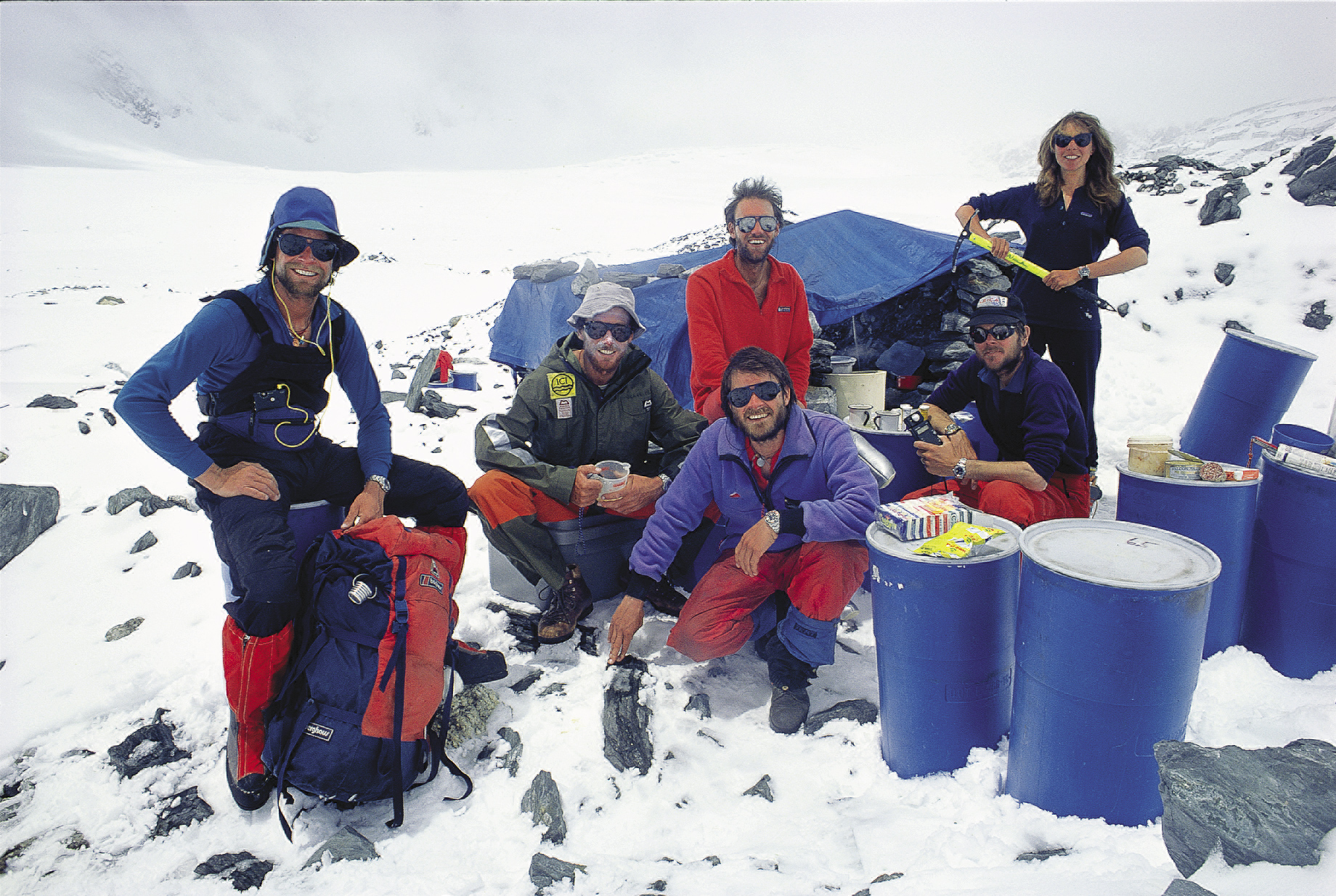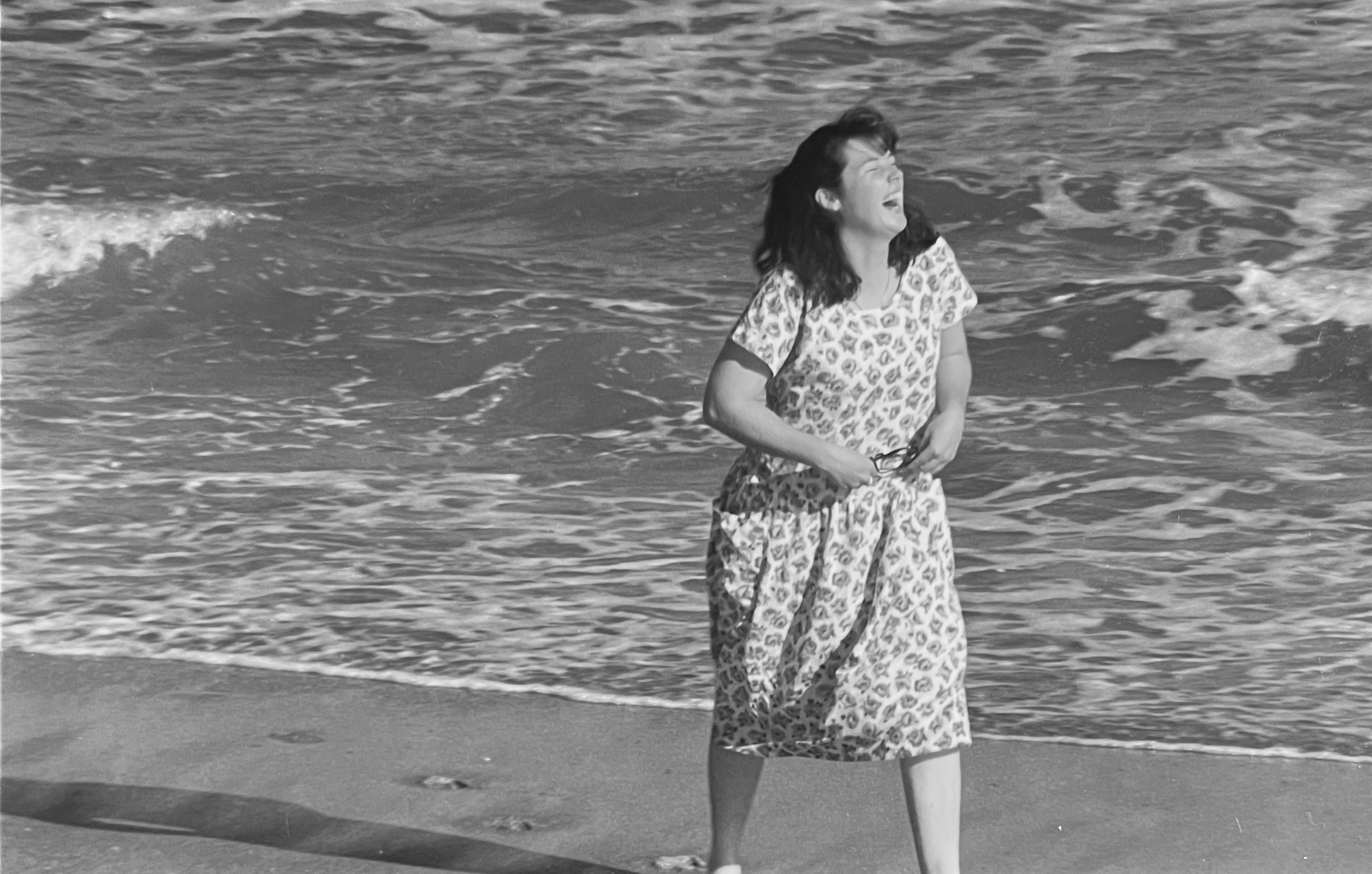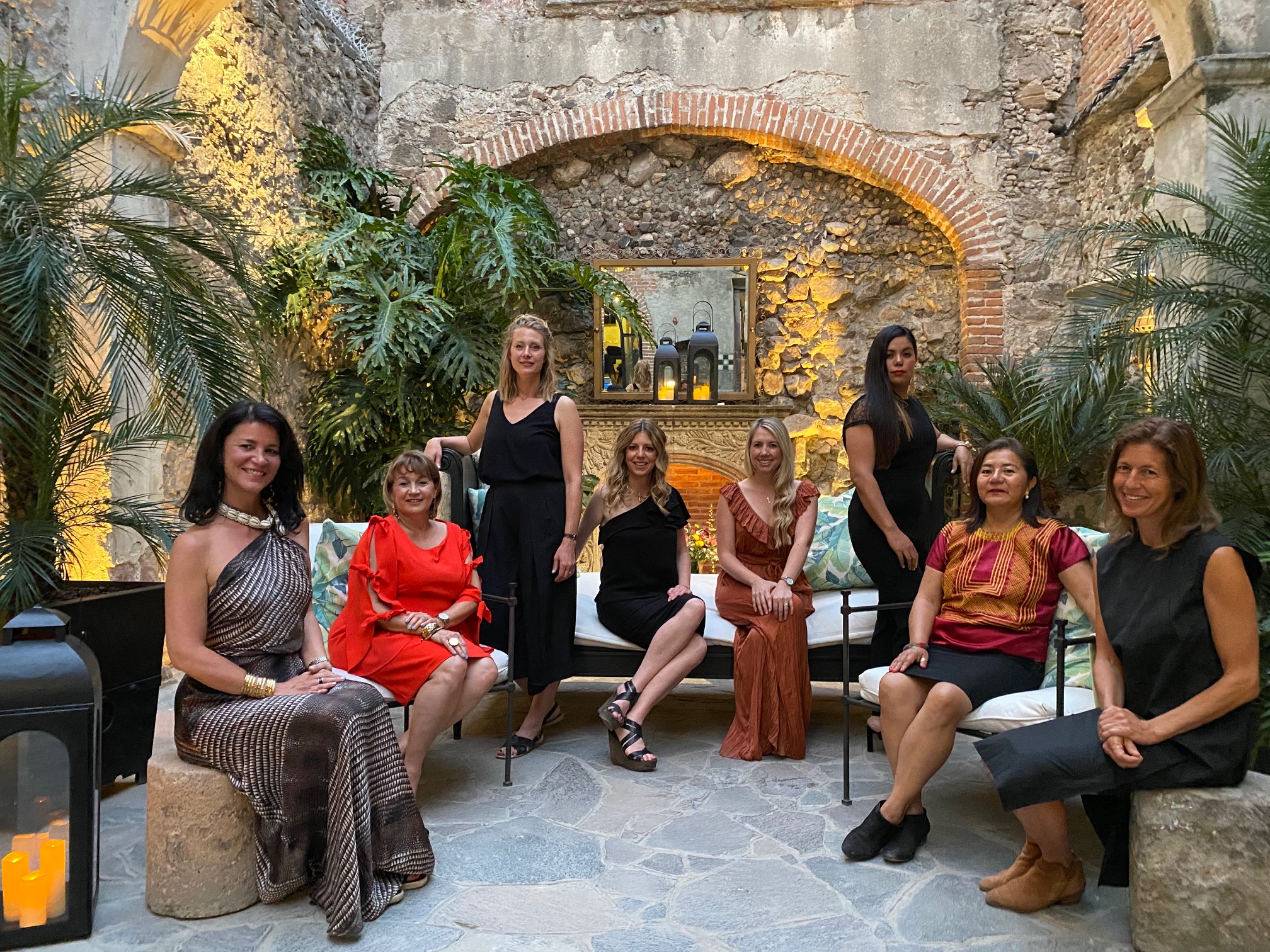
October 11 marks International Day of the Girl Child, a day where issues relating to girls, especially in countries where issues such as trafficking, child marriage, inequality, poverty and lack of education are highlighted in a way for countries and organizations globally to be reminded of the work that is still to be done in order to make the world a more equal place for everyone.
To celebrate the occasion this year, noted author and photojournalist Paola Gianturco is releasing a new book called ‘Wonder Girls: Changing Our World’, published by Powerhouse Books, which is her sixth in a series where she has highlighted issues that effect women and girls globally.

Accompanying the release is an exhibition of photographs from the book which will be on display at the World Affairs Council in San Francisco until December 31. Paola will also be embarking on a book tour around the US to cities such as San Francisco, Washington D.C., Seattle, Denver, Los Angeles and more. In a press statement about ‘Wonder Girls’, Paola emphasizes the importance of focusing on the issues highlighted in the book.
“Those of us who care about the well-being of young girls have reason to worry. Around the world, girls are trafficked, married off too young, denied education and equality–and that’s just the beginning. But there is inspiring news: girls are banding together, finding strength in numbers, and fighting against those threats. They are improving health, education, equality and the environment; seeding peace; stopping child marriage, domestic violence and trafficking,” she said in a statement.
We also spoke with Paola about her new book, working with her granddaughter, and why she believes in empowering younger generations of girls across the world.

How is ‘Wonder Girls’ different from your other books about issues affecting women and girls globally?
As far as I know, it is the first book to document the work of groups of activist girls around the world.
‘Wonder Girls’ is the finale of my triptych of photographic books about groups that many people don’t realize are changemakers:
*Women who Light the Dark features groups of women activists in the developing world;
*Grandmother Power, A Global Phenomenon, features groups of grandmother activists;
*Wonder Girls: Changing Our World features groups of girl activists.
‘Wonder Girls’ documents groups of activist girls in 13 countries, all age 10 to 18…younger than most people expect activists to be. These girls are fighting effectively for the environment, education and equality—and against child marriage, child abuse, trafficking, and war. And more.
Another point of difference: this is the first book I’ve done with my 11-year-old granddaughter, Alex Sangster, as co-author. That not only made the process more fun, but it made the book better. She is a girl activist herself, and close to the ages of the girls in the book, so her perspective was invaluable.
Finally: one hundred percent of the royalties from ‘Wonder Girls’ go to grassroots groups of girls around the world via the Global Fund for Women, which makes grants to 177 countries.

How did working with your granddaughter change your perspective about your photography and journalism?
About photography: I put a point-and-shoot camera in Alex’s hands when she was two. She still has an album of her first pictures: mostly of people’s feet, her dog’s tail and the floor. She’s done photography for fun ever since. Although she graduated to a digital SLR several years ago, she is still very free and original about composition. Since I have been taking pictures for 70 years, it was wonderfully liberating for me to shoot with Alex; she inspired me to experiment.
About journalism: As you know, journalists ask questions to get people talking and when they hear a hint of something worth exploring, they probe until they discover the news. But youngsters mostly experience questioning in school; they expect questions to have short, specific answers. Also, kids around the world now do texting, which makes their communications short and to the point. Alex interviews—and writes—using fewer words than I do. It’s a skill I have not perfected, but I admire it!
You featured girls in the under-developed world, but also girls from the USA and New Zealand. What was the reason for showcasing such a spectrum of lives?
I wanted to balance the book in terms of issues, ethnicities and geography to demonstrate how widespread activism is among groups of girls globally. There are chapters about child domestic workers—and spoken word poets. There are chapters about Israeli Jews—and Palestinians Arabs. There are chapters about Kyrgyzstan—and Tonga, Malawi—and Mexico.

Why are you personally passionate about seeing girls being given opportunities to thrive?
‘Wonder Girls’ are not “being given opportunities,” they are fighting for rights…for themselves, their communities and for all of us. Just as Wonder WOMAN fights for peace, equality and justice with magic bracelets, a shield and a lasso of truth, Wonder GIRLS fight for peace, equality and justice with creativity, confidence, determination and dreams.
After having interviewed girls in 15 groups in 13 far-flung countries, I am passionate about the work of groups of activist girls because they are effective, impressive, inspiring and their work is important. They are role models for other girls, and for all of us.
What do you hope people who buy this book will learn about issues such as human trafficking, education and child marriage?
I hope they will learn that seemingly intractable issues can, indeed, be altered, sometimes in the face of great odds. For example, the Girls Empowerment Network in Malawi and their allies lobbied Parliament for five years until the MPs passed a law outlawing child marriage in 2015. Child marriage had been such a long-standing tradition that half the girls in the country were married before 18…most before 15. Child marriage spelled the end of girls’ educations and their ability to get jobs, and (because many became pregnant before their bodies were ready), child marriage sometimes spelled the end of their very lives. Now, thanks to GENET, that is changing.
I also hope the issues will inspire readers to engage with these courageous groups of girl activists—to sign their petitions, spread the word, donate frequent flyer miles, volunteer, fund them and more. Alex’s sections at the end of every chapter focus on the ways readers (and the girls in their lives) can help the girls in each chapter. Titled, “How YOU can change our world,” her sections are a call to action. I hope everyone will accept the invitation!

On the ‘Wonder Girls’ website, you can read a snippet of some of the stories being featured.
“In Malawi, girls were often married off by their parents for financial reasons. In half of all marriages, brides were younger than 18; many were younger than 15. Determined to finish their schooling, members of The Girls Empowerment Network and their allies lobbied Parliament for five years. In 2015, the MP’s passed a law that made child marriage illegal,” reads one.
“Bye Bye Plastic Bags started when two sisters, Melati (12) and Isabel (10) organized the children of Bali to collect a million signatures on a petition to stop the use of plastic bags. The youngsters distribute reusable bags plus sponsor beach and roadside clean ups,” reads another story about activist girls from Indonesia.
“Bye Bye Plastic Bags members fly their signature kite and do flash mobs to increase awareness of their cause. They even staged a hunger strike to get the governor’s attention. He signed a Memo of Understanding to help stop the use of plastic bags by 2018. Lotte, 12, says, ‘Our pilot village is already 60% plastic bag free!’ Mimi, 12, says, ‘If we get Bali done, we can do anything’,” it continued.

The increased exposure of these types of stories, leading to greater awareness of the need to tackle certain issues, can only be a positive thing. With the release of the United Nation’s 17 Sustainable Development Goals which advocates for Gender Equality in the fight to eradicate global poverty, advocacy must include the younger generation.
‘Wonder Girls: Changing Our World’ is the first book to document the work of groups of activist girls age 10 to 18 internationally. One hundred percent of the authors’ royalties goes to The Global Fund for Women, which makes grants to grassroots groups led by activist girls and women in 177 countries.
The book is available for pre-order online, and will be available for purchase in independent bookstores after October 11. You can hear more from the author and photojournalist herself in the video below, where Paola talks about ‘Wonder Girls: Changing Our World’ and why she is so passionate about highlighting the stories of women and girls.
[The photographs in this article are excerpted from the book ‘Wonder Girls: Changing Our World’ by Paola Gianturco and Alex Sangster, published by powerHouse Books. Used with permission]
















